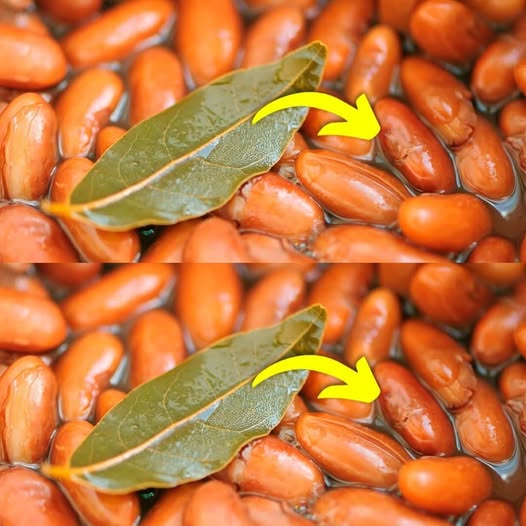Bay leaves, often overlooked as a mere flavoring agent, possess a wealth of health benefits that can elevate your culinary experiences and overall well-being. This aromatic herb, commonly used in various cuisines, offers a range of advantages, from improving digestion to enhancing cognitive function. Let’s delve into the world of bay leaves and uncover the secrets behind its remarkable properties.
The Health Benefits of Bay Leaves
- Aids Digestion: Bay leaves contain compounds that stimulate the production of digestive enzymes, aiding in the breakdown of food and improving overall digestion.
- Reduces Inflammation: The anti-inflammatory properties of bay leaves can help alleviate symptoms of arthritis, joint pain, and muscle soreness.
- Boosts Immunity: The antioxidants present in bay leaves can strengthen the immune system, protecting the body against infections and diseases.
- Promotes Heart Health: Bay leaves may help lower cholesterol levels and reduce the risk of heart disease.
- Relieves Stress and Anxiety: The calming aroma of bay leaves can help reduce stress and anxiety, promoting relaxation and better sleep.
- Antioxidant Properties: Bay leaves are rich in antioxidants, which help protect cells from damage caused by free radicals.
- Antimicrobial Properties: The antimicrobial properties of bay leaves can help fight off bacterial and fungal infections.
How to Incorporate Bay Leaves into Your Diet
Bay leaves are incredibly versatile and can be used in a variety of dishes. Here are some popular ways to incorporate them into your meals:
- Soups and Stews: Adding a bay leaf to soups and stews can enhance their flavor and provide numerous health benefits.
- Rice Dishes: A bay leaf can add a subtle flavor to rice dishes like pilaf and risotto.
- Baked Goods: Use ground bay leaves to flavor breads, cakes, and cookies.
- Pickles and Marinades: Bay leaves can be used to flavor pickles, marinades, and sauces.
A Simple Recipe: Bay Leaf Tea
Ingredients:
- 2-3 bay leaves
- 1 cup water
- Honey or lemon (optional)
Instructions:
- Boil Water: Bring a cup of water to a boil.
- Add Bay Leaves: Add the bay leaves to the boiling water.
- Simmer: Reduce heat and simmer for 5-10 minutes.
- Strain: Strain the tea to remove the bay leaves.
- Sweeten (Optional): Add honey or lemon juice to taste.
Tips for Using Bay Leaves:
- Fresh vs. Dried: Fresh bay leaves offer a more intense flavor, while dried bay leaves are more convenient to use.
- Storage: Store bay leaves in an airtight container in a cool, dark place.
- Removing Bay Leaves: Before serving dishes that contain bay leaves, remove them to avoid any bitterness.
By incorporating bay leaves into your diet, you can enjoy the numerous health benefits they offer. Remember to use them in moderation, as excessive consumption may lead to digestive issues.
